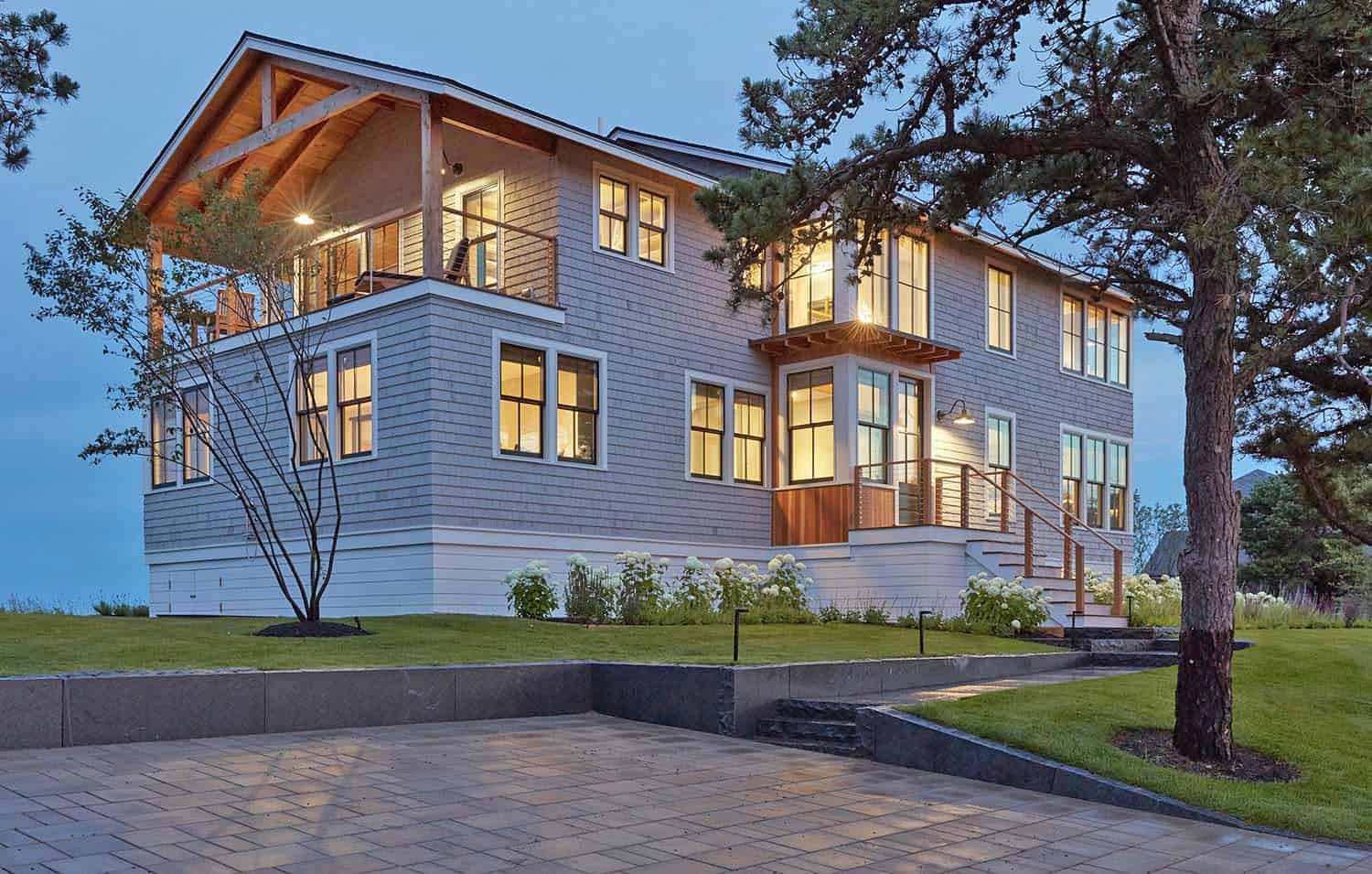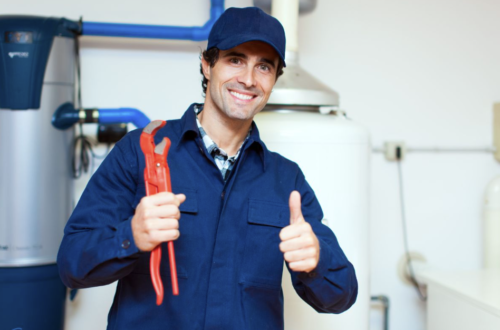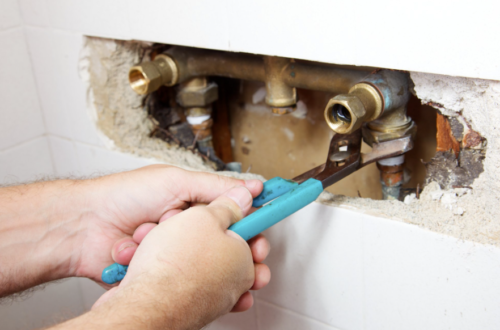In today’s rapidly evolving world, the concept of sustainable living has transcended from being a mere buzzword to a fundamental ethos guiding our architectural and lifestyle choices. As concerns about climate change, resource depletion, and ecological balance escalate, homeowners are actively seeking ways to harmonise their living spaces with the environment.

This article delves into key strategies and innovations that transform a traditional home into a beacon of green living, offering insights for those eager to embrace a sustainable future.
Energy-Efficient Appliances
In the realm of green building, the integration of energy-efficient appliances is a cornerstone practice. Such appliances minimise energy wastage, thereby reducing the consumption of fossil fuels and lessening greenhouse gas emissions. Leveraging technologies that adhere to strict energy conservation guidelines, these appliances play a pivotal role in transforming homes into more sustainable living spaces.
When selecting appliances, certifications like the ENERGY STAR label act as reliable indicators, affirming that the product has been rigorously tested for its energy-saving capabilities.
The long-term implications of incorporating energy-efficient appliances extend beyond immediate energy savings. Over time, these appliances drastically reduce the strain on the grid, especially during peak hours, leading to a more resilient energy infrastructure.
For homeowners, this means not only contributing to a greener planet but also enjoying substantial cost savings in the long run, as reduced energy usage translates directly to lower utility bills.
Sustainable Building Materials
Harnessing sustainable building materials is at the heart of green construction. These materials, sourced responsibly and often recycled or reclaimed, have a significantly reduced carbon footprint compared to their conventional counterparts.
Whether it’s bamboo, reclaimed wood, or recycled metal, these materials champion the principles of resource efficiency and lifecycle thinking. Each choice, from insulation to flooring, reflects a commitment to reducing environmental impacts and promoting circular economy principles.
Beyond their ecological benefits, sustainable building materials offer unparalleled durability and health advantages. Many conventional materials off-gas harmful chemicals, potentially compromising indoor air quality.
In contrast, green materials often have low or no volatile organic compounds (VOCs), ensuring healthier living spaces. This commitment to material health and longevity demonstrates a holistic approach to building, where environmental responsibility meets homeowner well-being.
Solar Panel Installation
Embracing solar energy is a pivotal move for homeowners desiring a sustainable future. When considering such a significant addition to a property, it’s not just about the environmental benefits but also understanding the entire process, from installation logistics to legal considerations. For those venturing into home buying with an interest in sustainable modifications, click here to explore the potential need for a solicitor in the process. Solar panels, beyond their legal prerequisites, offer a chance to drastically reduce dependence on fossil fuels.
With the increasing awareness of renewable energy’s potential, homeowners are often intrigued by the long-term savings solar installations offer. Beyond the immediate environmental benefits, solar panels grant a degree of energy independence, lessening the reliance on fluctuating energy prices and potential grid outages.
Over time, these energy savings can be substantial, providing homeowners with not only a greener living space but also a more cost-effective one. This balance between sustainability and financial prudence makes solar panels a compelling choice in today’s green building landscape.
Water Conservation Techniques
Water is one of our planet’s most precious resources, and in the realm of green building, its conservation is of paramount importance. Implementing water conservation techniques, such as low-flow fixtures, rainwater harvesting systems, and drought-resistant landscaping, can significantly reduce a home’s water footprint. These methods not only preserve vital freshwater resources but also reduce the strain on municipal water supplies and wastewater treatment facilities.

Moreover, integrating water-saving solutions goes hand-in-hand with cost savings for homeowners. Reduced water usage leads to decreased utility bills, making water conservation both an environmentally and economically prudent choice. Furthermore, many of these techniques, like rain gardens or permeable paving, add aesthetic value to properties, showcasing that sustainability and beauty can indeed coexist. With the growing global emphasis on water conservation, homes employing these techniques are setting the gold standard for responsible living.
Advanced Insulation Solutions
A well-insulated home is at the core of energy-efficient design. Advanced insulation solutions not only ensure that a home remains comfortable throughout the seasons but also significantly reduce the need for excessive heating and cooling. By utilising innovative materials such as spray foam, aerogel, and recycled denim, green building professionals are able to minimise thermal bridges, effectively keeping the desired indoor temperature stable. This not only conserves energy but also contributes to the reduction of greenhouse gas emissions associated with heating and cooling systems.
Furthermore, the benefits of robust insulation extend to acoustics and indoor air quality. Modern insulation materials can dampen external noise, creating serene interior environments. Plus, many of these materials are designed with health in mind, resisting mould and pests, and emitting minimal or no volatile organic compounds (VOCs). By prioritising advanced insulation solutions, homeowners can enjoy a trifecta of benefits: energy efficiency, tranquillity, and a healthier living space.
Eco-friendly Landscaping
Transforming outdoor spaces with an eco-friendly approach can have profound effects on both the environment and the homeowner’s well-being. Eco-friendly landscaping focuses on native plants that thrive in the local climate, reducing the need for excessive watering and chemical fertilisers. By cultivating a biodiverse garden, homeowners can support local wildlife and promote a balanced ecosystem right in their backyards. This approach is not only sustainable but also ensures a vibrant and ever-changing landscape that evolves with the seasons.
Additionally, sustainable landscaping techniques, such as rain gardens, xeriscaping, and composting, further solidify a property’s green credentials. These practices not only conserve resources but also enrich the soil, reduce runoff, and minimise the ecological footprint of a garden. As more homeowners recognize the value of harmonising with nature, eco-friendly landscaping is becoming a hallmark of green living, melding aesthetics with environmental stewardship.
Smart Home Automation
Harnessing the power of technology, smart home automation serves as a pivotal tool in the quest for sustainable living. By integrating intelligent systems that can adapt to homeowners’ needs, such as energy-efficient lighting controls, smart thermostats, and automated window shades, a residence can dynamically optimise its energy use. These systems not only facilitate convenience but also ensure that appliances and utilities operate at peak efficiency. Through real-time monitoring and feedback, homeowners can gain insights into their consumption patterns, enabling them to make informed decisions and reduce wastage.

In addition to energy management, smart home automation plays a crucial role in enhancing water efficiency, security, and indoor air quality. For instance, smart irrigation systems can detect moisture levels in the soil and provide water only when necessary, eliminating over-watering. Automated ventilation systems, on the other hand, can monitor air quality and introduce fresh air when required, ensuring a healthy living environment. In essence, smart home automation bridges the gap between comfort and conservation, offering a forward-thinking approach to sustainable living.
Indoor Air Quality Monitoring
Indoor air quality (IAQ) is an essential aspect of green building that directly impacts the health and well-being of occupants. With the increasing prevalence of pollutants, allergens, and VOCs in modern homes, having a system in place to monitor and manage indoor air quality has become indispensable. Green building professionals prioritise IAQ by integrating advanced filtration systems, utilising low-VOC materials, and ensuring proper ventilation. Continuous monitoring of IAQ allows homeowners to be aware of potential issues, from elevated CO2 levels to the presence of harmful chemicals.
Addressing indoor air quality isn’t just a matter of health; it also speaks to the broader ethos of sustainable building. A truly green home is one that promotes the well-being of its occupants in harmony with the environment. By ensuring clean, fresh air indoors, homeowners can enjoy a space that nurtures both their physical health and mental tranquillity. With the advent of advanced sensors and smart technologies, maintaining optimal IAQ has never been more accessible, reinforcing the symbiotic relationship between sustainable design and holistic well-being.
Embracing green building principles and sustainable practices is more than just an environmental obligation—it’s a testament to a forward-thinking approach that harmonises our homes with the world around us. As we’ve explored, the myriad techniques available today are not only feasible but also advantageous, delivering both tangible and intangible benefits. By making informed choices, from the foundation to the finishing touches, homeowners can contribute to a healthier planet, enjoy significant cost savings, and cultivate spaces that nurture well-being. In this journey toward sustainability, each home becomes a testament to our collective responsibility and vision for a greener future.





